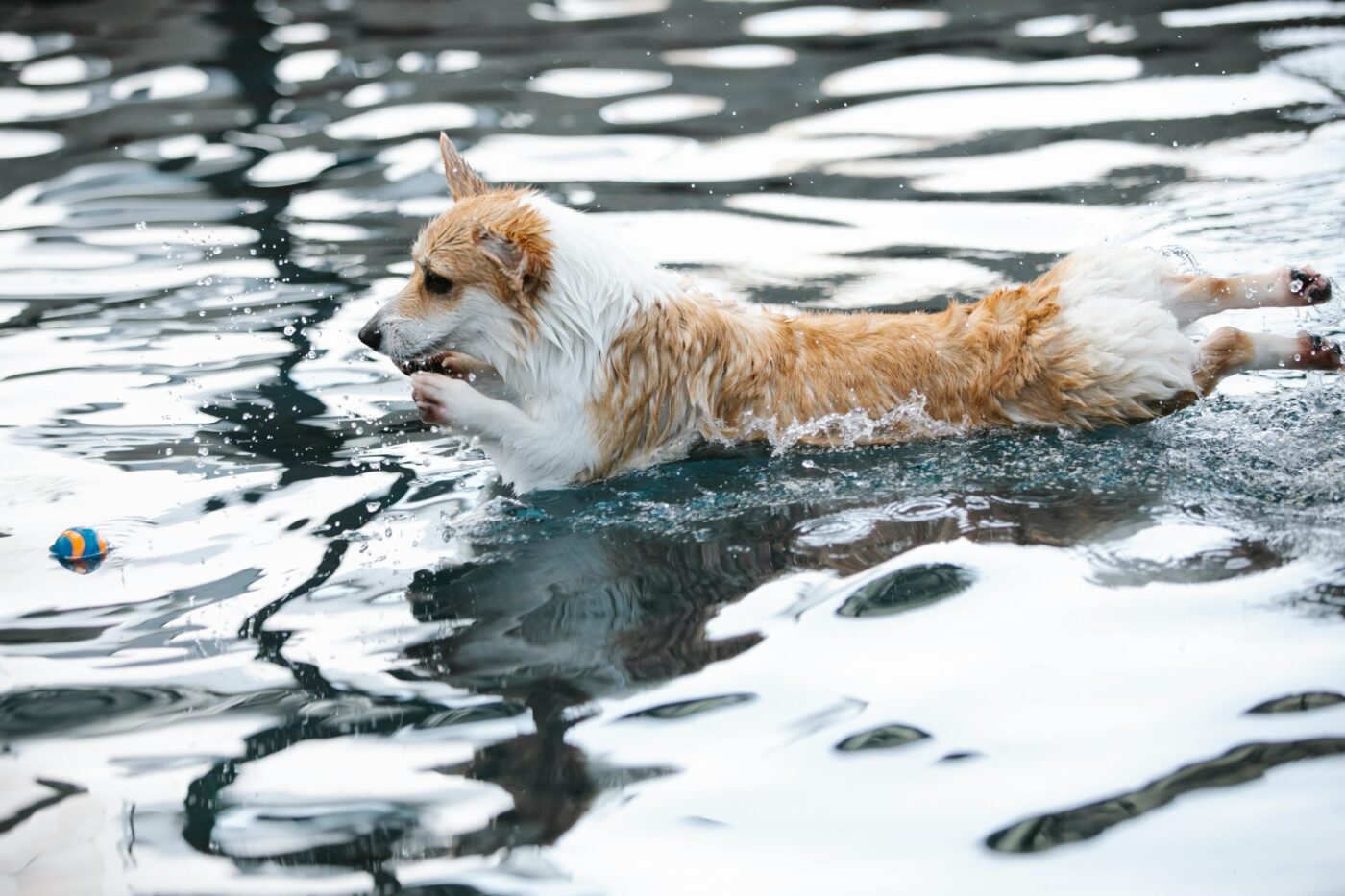 Shutterstock
Shutterstock
While some dogs take to swimming naturally, others face real challenges in the water due to their unique physical traits. Breeds with short snouts, dense, compact bodies, or shorter legs often find it hard to stay afloat, making swimming more difficult or risky. Knowing which breeds may struggle in water is essential to ensure their safety, especially around pools, lakes, or the beach. This awareness helps owners provide safe and enjoyable playtimes, keeping these pups comfortable and out of harm’s way in aquatic environments.
Bulldog
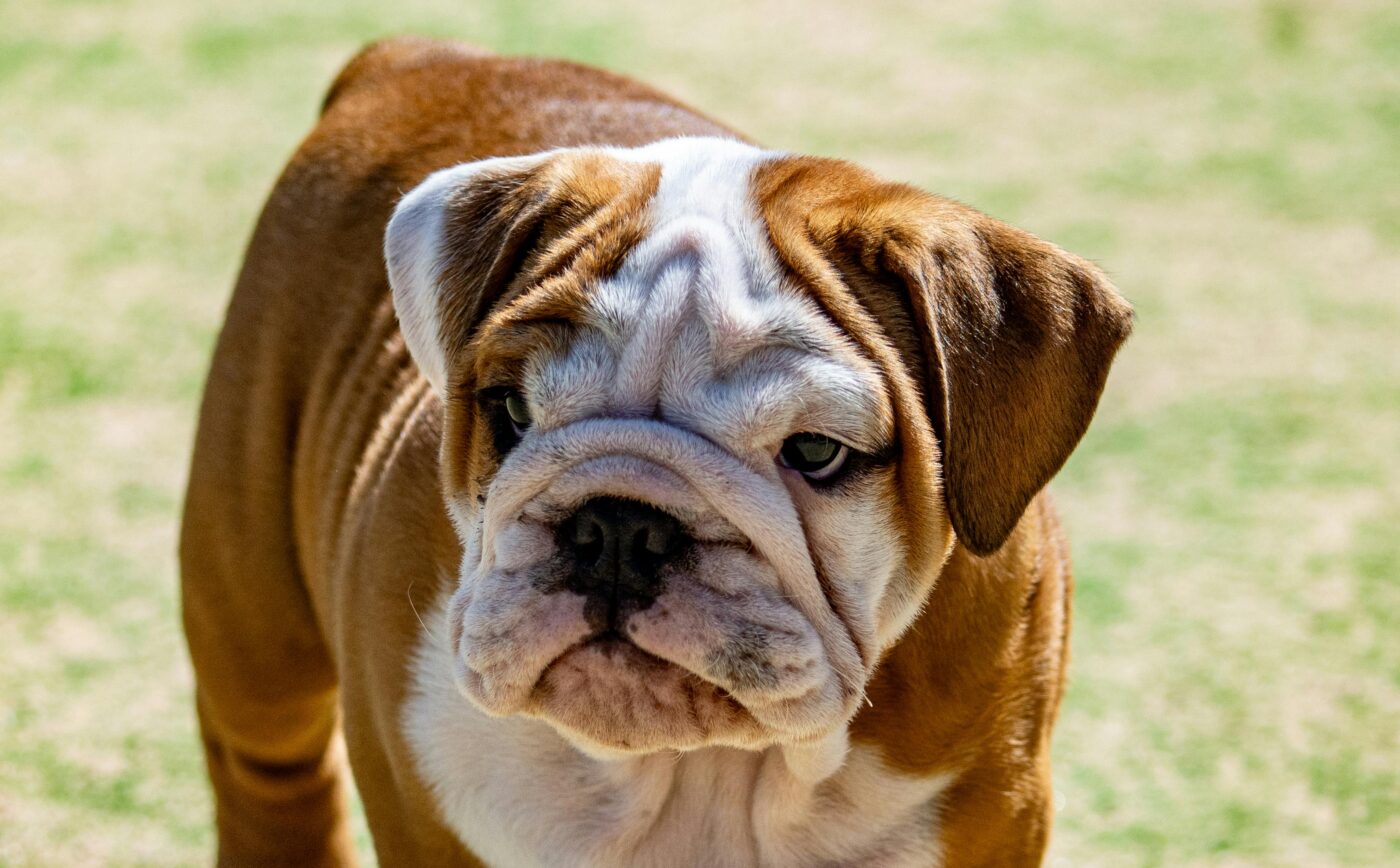 Shutterstock
Shutterstock
Bulldogs are beloved for their distinctive faces and stocky builds but aren’t designed for water activities. Their short snouts make breathing difficult when swimming, and their compact, muscular bodies challenge staying buoyant. Without much neck to keep their heads above water, Bulldogs are at risk of exhaustion and drowning if they aren’t closely monitored. For Bulldogs, water play should be limited to splashing at the shore or supervised wading.
Dachshund
 Shutterstock
Shutterstock
With their long bodies and short legs, Dachshunds have a unique look, but those same features make swimming challenging. Their elongated bodies can create extra drag in the water, and their short legs don’t provide enough paddle power to keep them afloat. While some Dachshunds may learn to doggy paddle, they tire quickly and are better suited to land-based play. If they do venture into the water, it’s best with a life vest and supervision.
Boxer
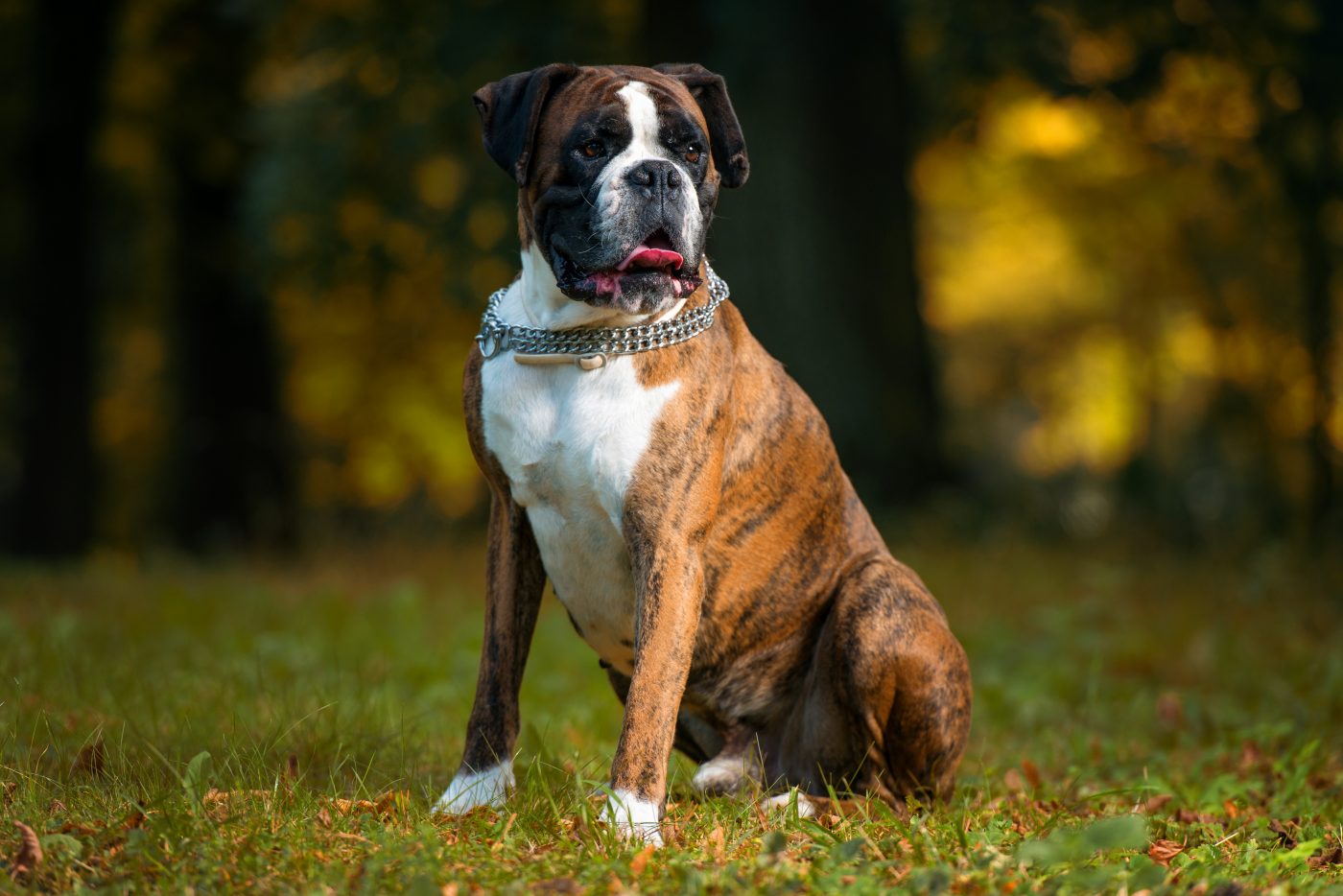 Shutterstock
Shutterstock
Boxers are known for their high energy and playful personalities, but water isn’t their ideal playground. With a deep chest and short snout, Boxers have difficulty keeping their heads above water for long periods. Though they might enjoy wading or splashing, Boxers are not natural swimmers and can quickly become exhausted. Consider using a life jacket if your Boxer is near water to keep them safe.
Pug
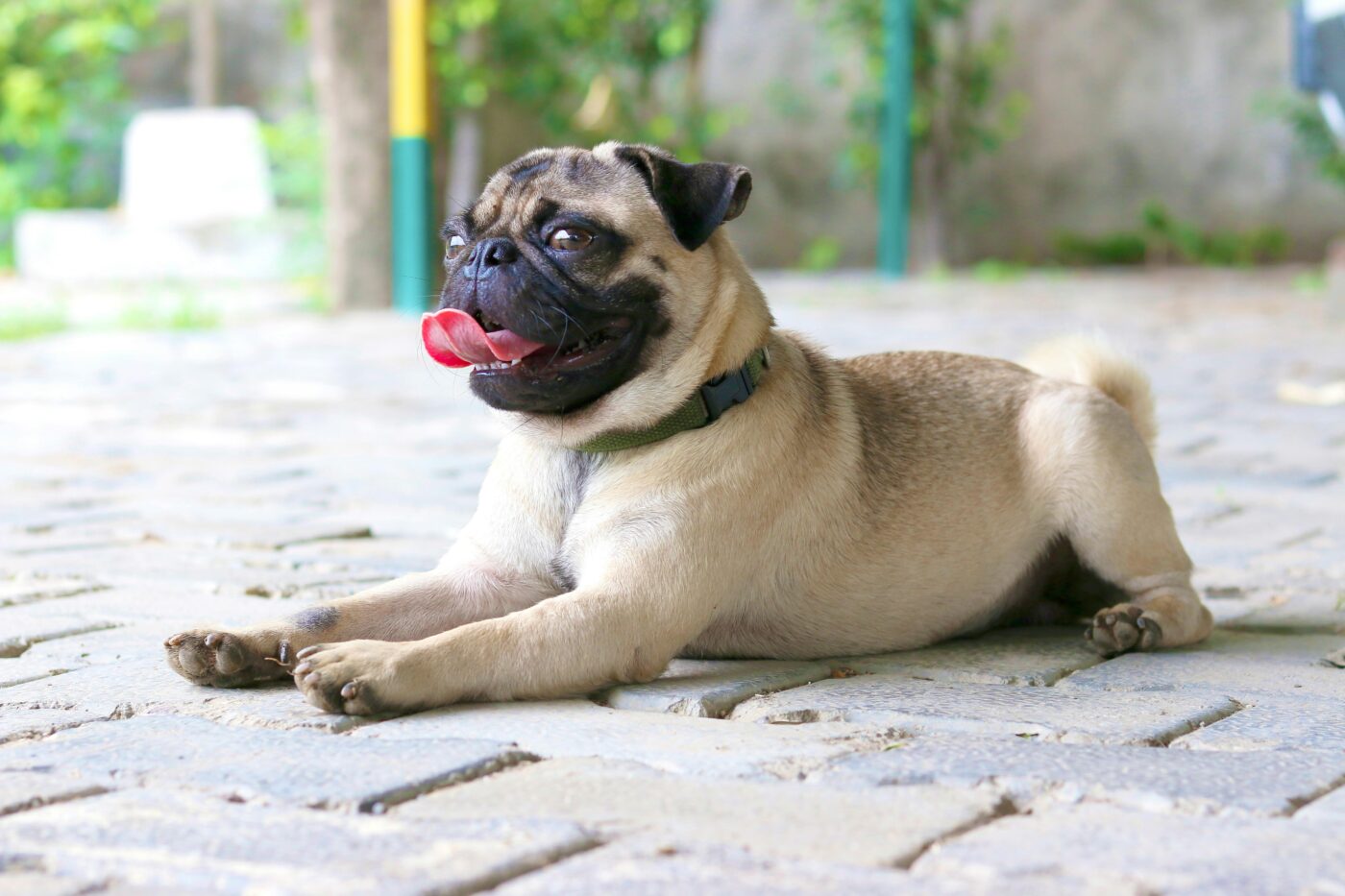 Shutterstock
Shutterstock
Pugs may be adorable with their squishy faces, but their short snouts make breathing difficult, especially in water. Their compact, round bodies and short legs aren’t made for paddling, making them prone to fatigue and accidents in deeper water. For Pugs, shallow play areas or doggy life jackets allow them to enjoy the water safely without risking exhaustion or breathing issues.
Basset Hound
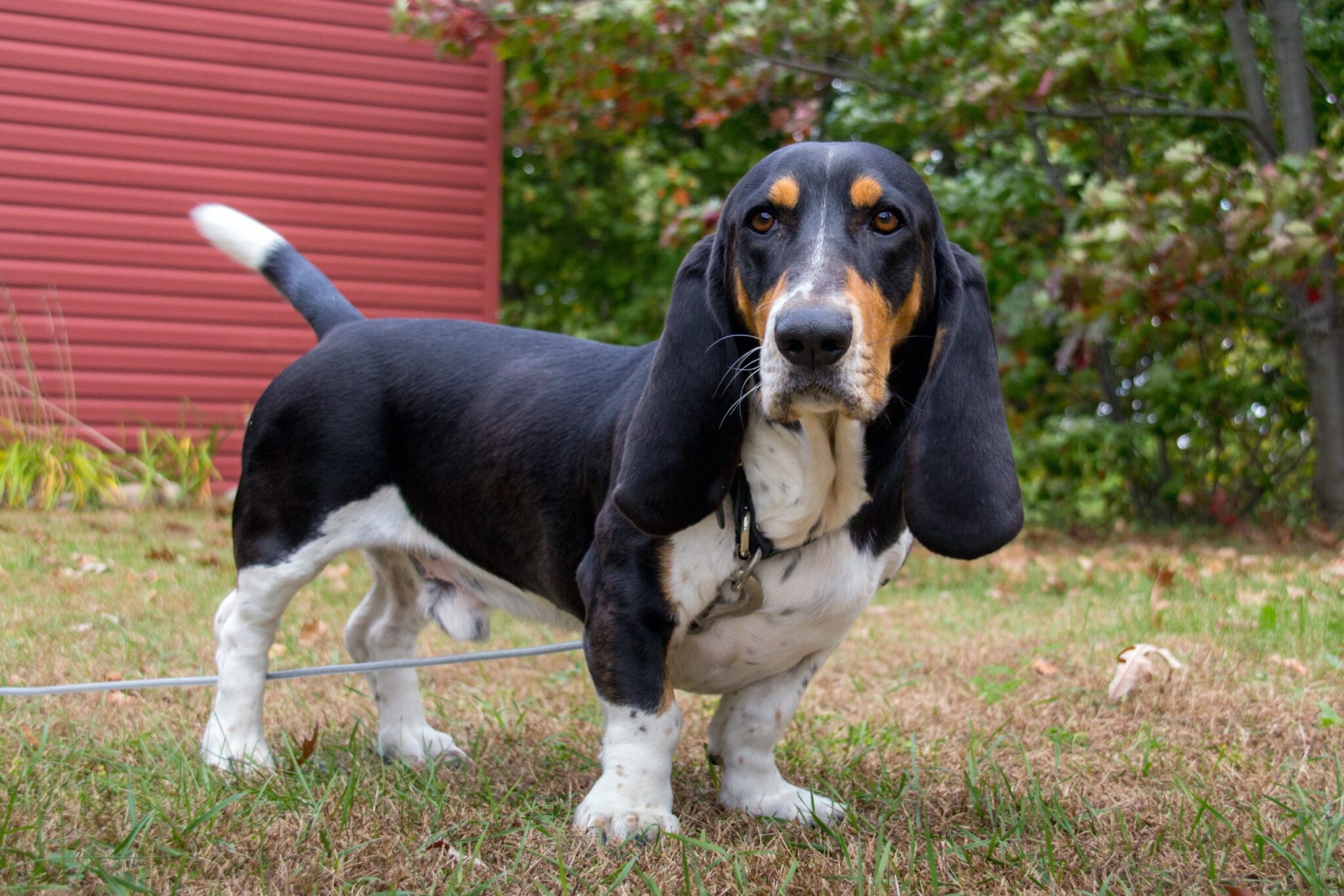 Shutterstock
Shutterstock
With long ears and short legs, Basset Hounds are more suited to land than water. Their dense, elongated bodies make it hard to stay buoyant, and their ears can weigh them down. Though Basset Hounds may enjoy splashing in shallow water, they generally lack the strength to swim. These pups are happiest with activities that allow them to stay on dry land, where their keen sense of smell and sturdy build can be put to better use.
Shih Tzu
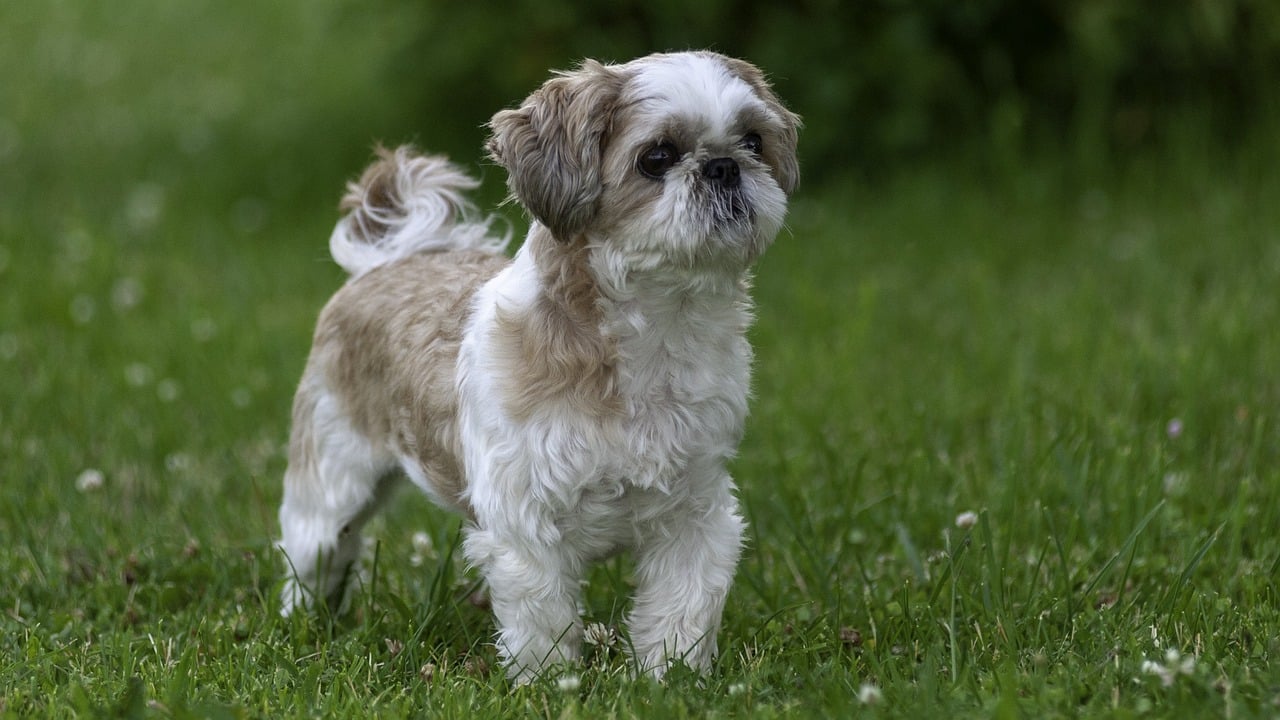 Shutterstock
Shutterstock
Shih Tzus are small, fluffy dogs with short snouts, making breathing difficult when swimming. Their long coats can become waterlogged, weighing them down even more. This breed may love staying close to its human family, but Shih Tzus do best with limited water exposure and should always be supervised near pools or lakes. A life vest can help Shih Tzus feel more comfortable near water.
Scottish Terrier
 Shutterstock
Shutterstock
Scottish Terriers, or “Scotties,” have a compact and muscular build paired with short legs, making swimming challenging. Their dense fur can become heavy when wet, creating extra resistance in the water. Although Scottish Terriers are brave and adventurous, swimming isn’t their forte. Although they may enjoy the occasional paddle, they should wear a life jacket and stay close to shore to stay safe.
Corgi
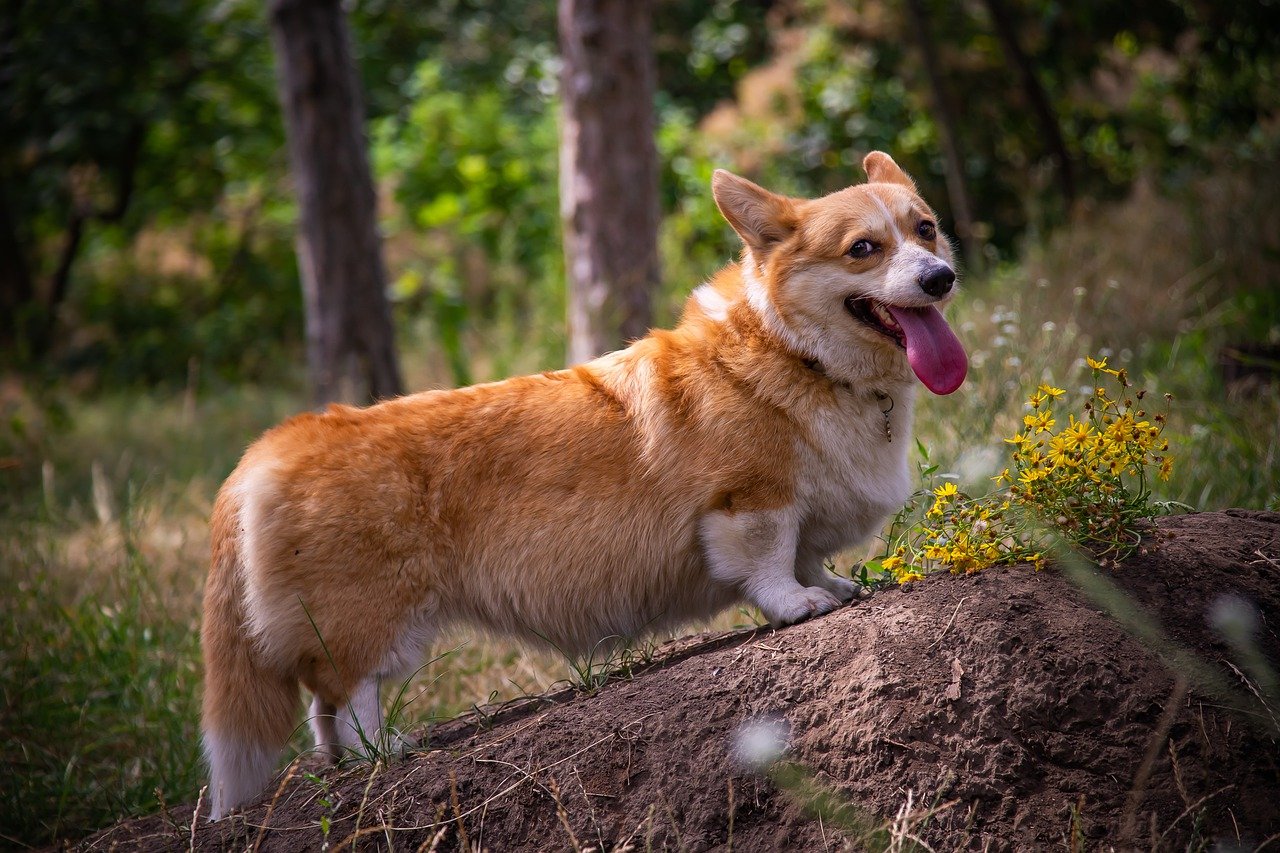 Shutterstock
Shutterstock
Corgis, with their short legs and sturdy bodies, aren’t natural swimmers. The Pembroke and Cardigan Welsh Corgi varieties can struggle in water due to their low-to-the-ground build, limiting their paddling strength. Though they may be curious about water, Corgis are better suited to land-based activities where their agility and herding instincts come into play. For water outings, a life jacket can provide an extra layer of safety if they decide to venture in.
Chow Chow
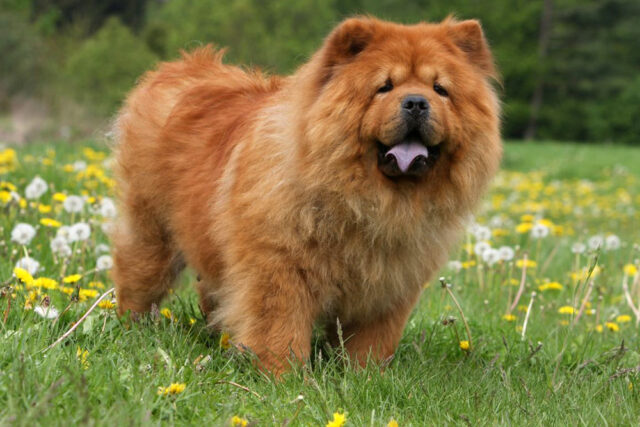 Shutterstock
Shutterstock
Chow Chows have a dense, double coat that can absorb water and weigh them down and a muscular build more suited to land. Additionally, their flat faces make breathing more challenging while swimming. Although they’re a hardy breed, Chow Chows generally aren’t fond of water and don’t naturally gravitate toward it. Shallow play areas are safer, allowing them to cool off without diving into deeper water.
French Bulldog
 Shutterstock
Shutterstock
Much like their English Bulldog cousins, French Bulldogs have flat faces and compact, muscular bodies that aren’t made for swimming. Their short legs make paddling inefficient, and their breathing difficulties become pronounced in water. French Bulldogs can struggle to keep their heads above the surface, and a life jacket is necessary if they’re near water. These adorable companions are better suited to land activities that keep them cool and comfortable.
Staffordshire Bull Terrier
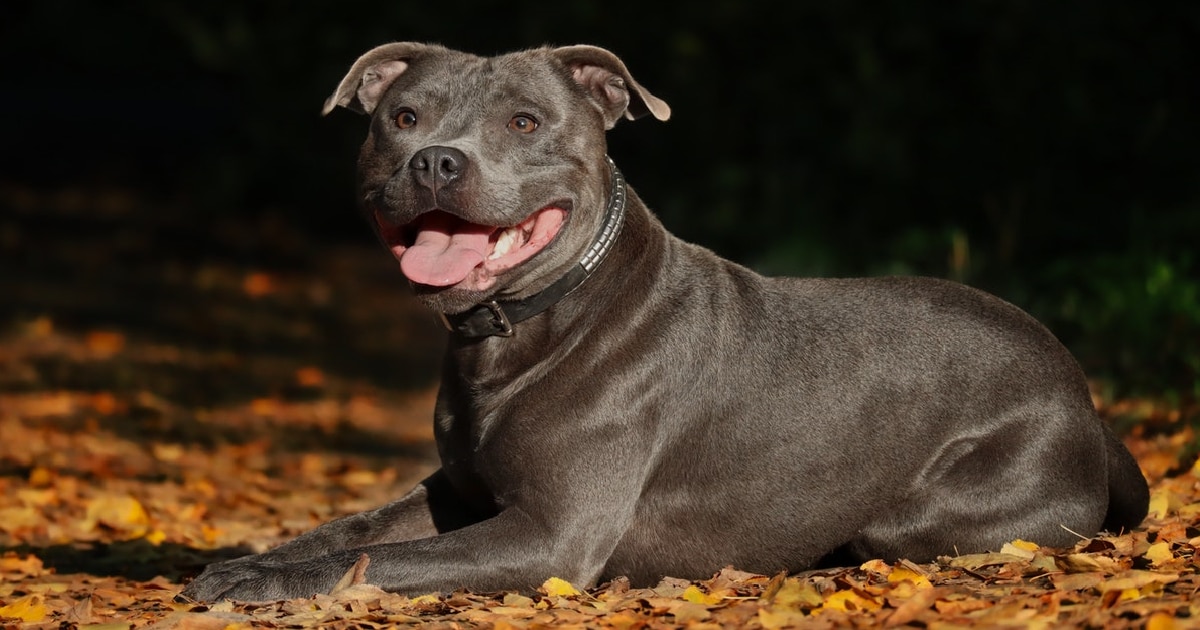 Shutterstock
Shutterstock
While muscular and energetic, Staffordshire Bull Terriers aren’t known for their swimming abilities. Their stocky bodies don’t lend themselves well to buoyancy, and their short snouts make it hard to breathe easily when paddling. Though they may be interested in water play, Staffordshire Bull Terriers often tire quickly. They are safer with a life vest or near shallow water, where they can wade comfortably without exhaustion.
Pekingese
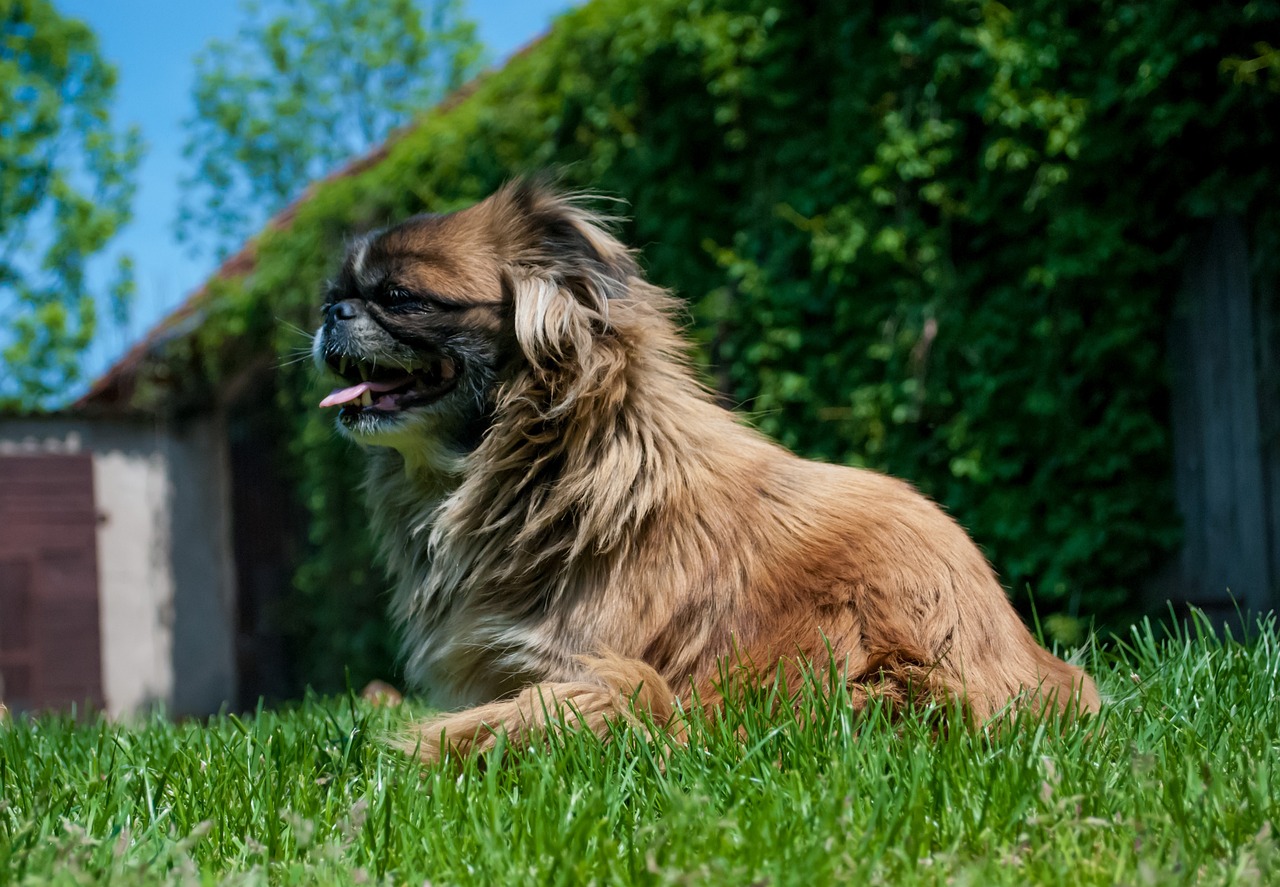 Shutterstock
Shutterstock
Pekingese dogs have long coats and flat faces, making swimming difficult. Their coats can become waterlogged, and their short snouts limit their breathing capacity in the water. Pekingese are generally more comfortable on dry land, where their regal demeanor shines without the challenge of keeping afloat. If they are near water, keeping a close eye on them and considering a life vest for added safety is essential.
The Non-Swimmers of the Dog World
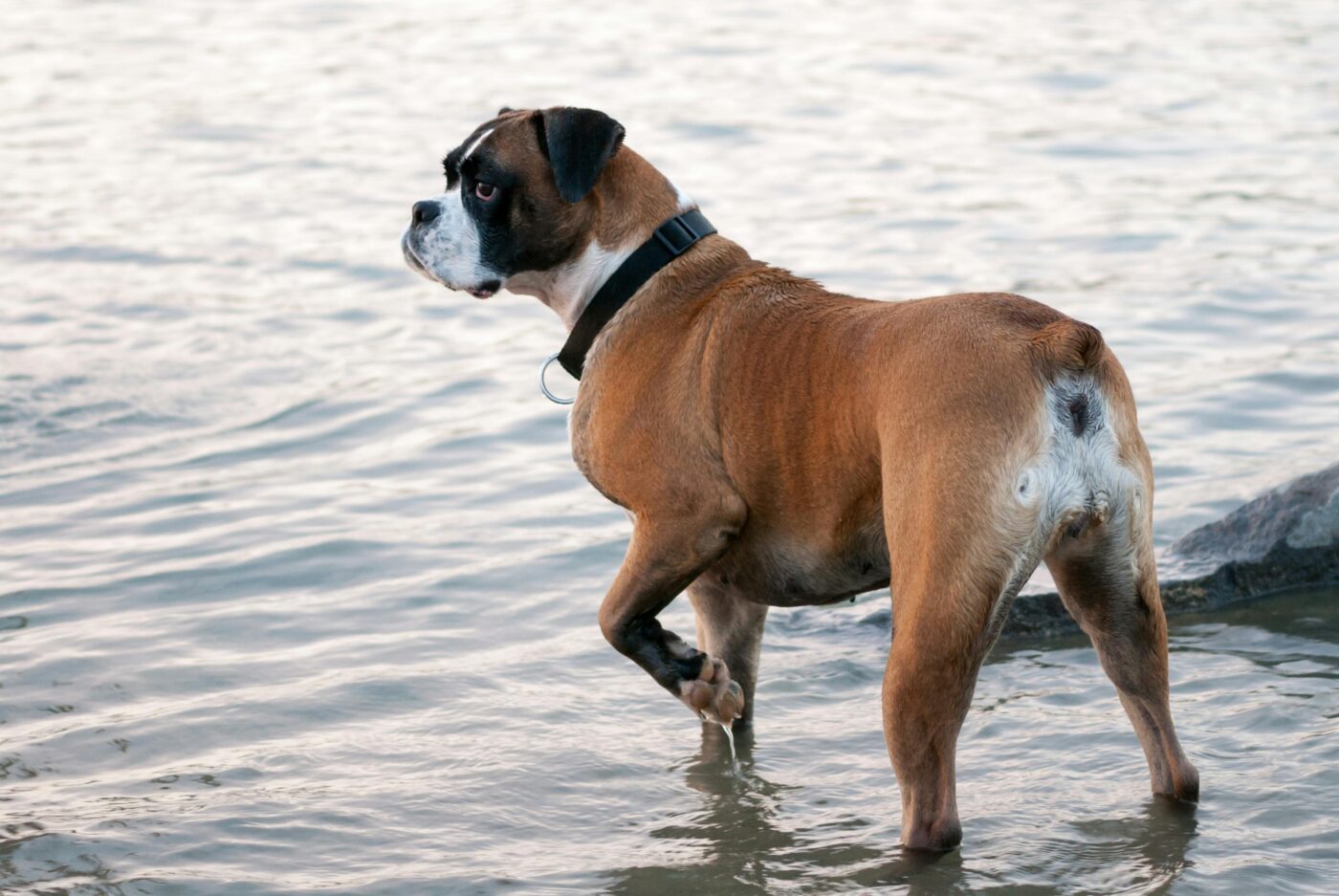 Shutterstock
Shutterstock
Knowing which dog breeds struggle with swimming is essential to keeping them safe around water. While some pups love the water, others, like Bulldogs and Corgis, are better suited for dry land due to physical characteristics that make swimming difficult or unsafe. Traits such as short legs, flat faces, or dense coats can put them at risk in water. Considering your dog’s specific needs and using life jackets or shallow areas can make water play safer and more enjoyable for breeds that aren’t naturally strong swimmers.
 Toledo, United States.
Toledo, United States.